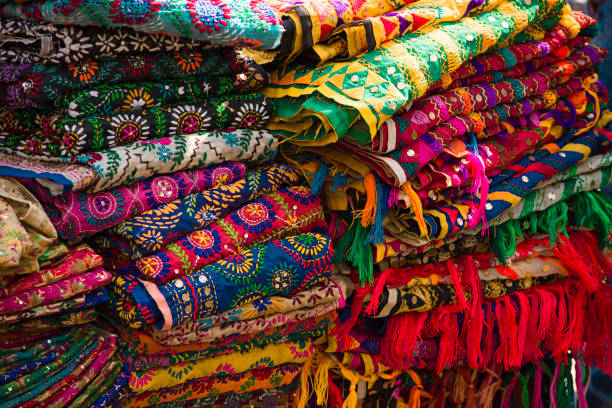India’s rich and diverse cultural heritage is beautifully reflected in its textiles. Each region of the country boasts unique fabric styles, weaving techniques, and dyeing methods, all of which tell a story of tradition, craftsmanship, and creativity. In this blog, we delve into the fascinating stories behind some of India’s most iconic textiles, highlighting their origins, techniques, and cultural significance.
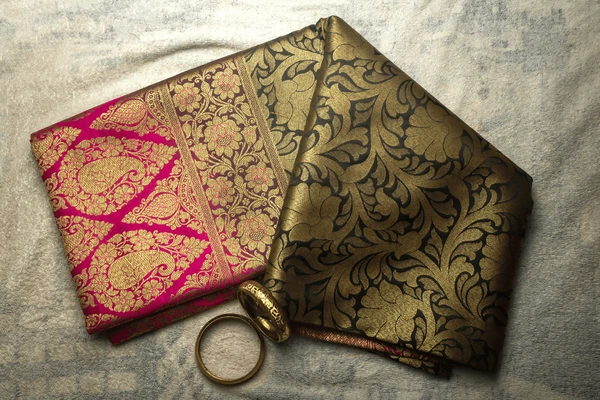
The Elegance of Banarasi Silk
Banarasi silk, originating from the ancient city of Varanasi (Banaras), is renowned for its exquisite brocade work. This luxurious fabric is often adorned with intricate motifs such as flowers, leaves, and Mughal-inspired designs, woven with gold and silver threads. The making of a Banarasi saree involves the labor-intensive handloom process, where artisans meticulously create the patterns. The tradition of Banarasi silk weaving dates back centuries and continues to be a symbol of opulence and heritage.
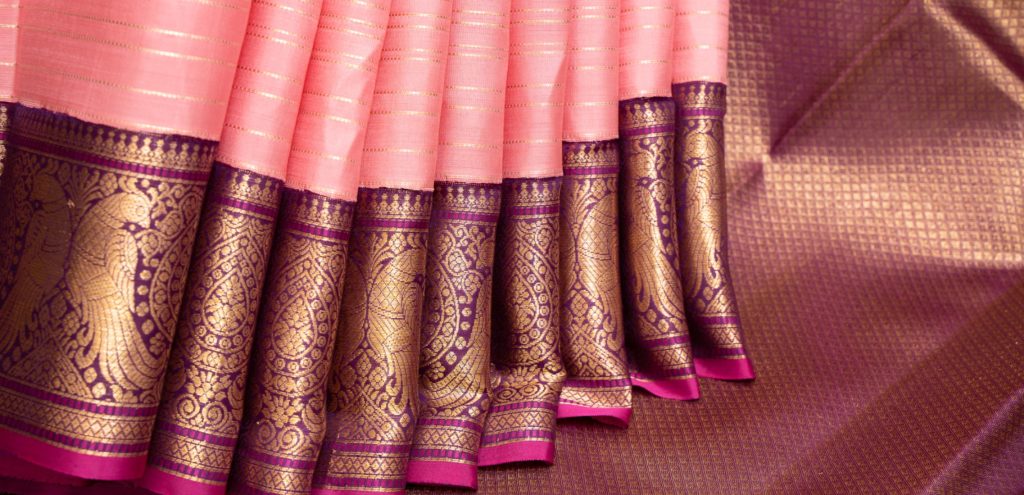
The Grace of Kanchipuram Silk
Hailing from the town of Kanchipuram in Tamil Nadu, Kanchipuram silk sarees are celebrated for their vibrant colors and rich, thick fabric. Known for their durability and lustrous finish, these sarees often feature temple borders, checks, stripes, and floral designs. The art of weaving Kanchipuram silk sarees is a revered tradition, passed down through generations of weavers who take pride in their meticulous craftsmanship.
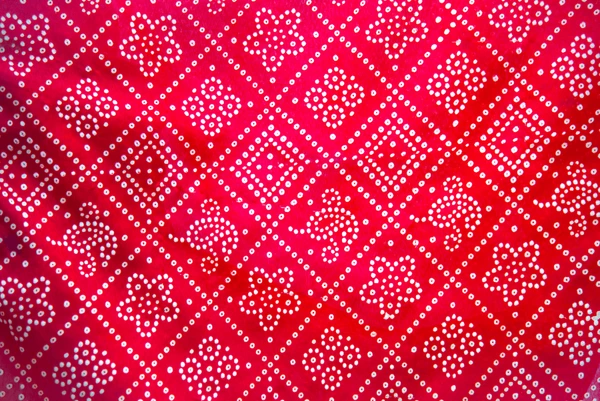
The Intricacy of Bandhani
Bandhani, also known as Bandhej, is a traditional tie-dye textile that originated in the western states of Rajasthan and Gujarat. The technique involves tying small sections of fabric with threads and then dyeing them to create intricate patterns. The result is a vibrant, dotted design that is both eye-catching and culturally significant. Bandhani is often used to make sarees, turbans, and dupattas, each piece telling a story of skilled artisanship and regional heritage. For more on Bandhani, check out our blog on The Art of Tying and Dyeing: Bandhani.
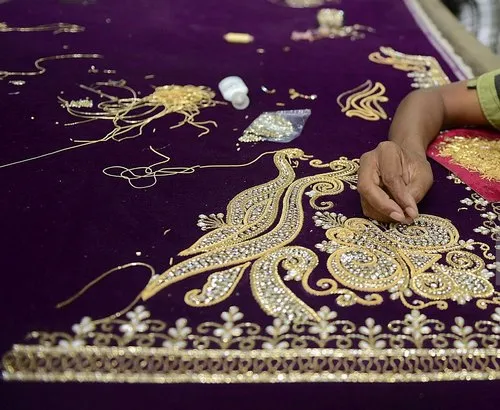
The Splendor of Zari
Zari work, characterized by its use of gold and silver threads, is a traditional form of embroidery that adorns many Indian textiles. Originating from the Mughal era, Zari is used to embellish sarees, lehengas, and other garments, adding a touch of elegance and grandeur. The art of Zari weaving involves creating intricate patterns that shimmer with the metallic threads, showcasing the weaver’s expertise and attention to detail. To learn more about this art form, visit our blog on Weaving Threads of Gold: Zari in India.
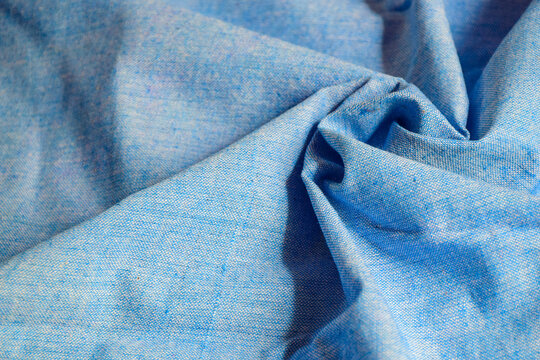
The Versatility of Khadi
Khadi, often referred to as the fabric of freedom, holds a special place in India’s history. This hand-spun, handwoven fabric became a symbol of India’s struggle for independence, promoted by Mahatma Gandhi as a means of self-reliance. Khadi is known for its simplicity, breathability, and versatility, making it suitable for a variety of garments. The revival of Khadi in modern fashion showcases a blend of tradition and contemporary style, emphasizing sustainable and ethical production practices.

The Sophistication of Chanderi
Chanderi fabric, originating from the town of Chanderi in Madhya Pradesh, is famous for its sheer texture and lightweight feel. This fabric is traditionally woven with silk and cotton, creating a delicate, glossy finish. Chanderi sarees often feature motifs inspired by nature, such as peacocks, lotuses, and trees, making them a popular choice for festive and ceremonial occasions.
The Innovation of Technical Textiles
India is not only known for its traditional textiles but is also making strides in the field of technical textiles. These are specially designed fabrics with enhanced functionalities, used in industries like healthcare, automotive, and sports. The potential for growth in this sector is immense, with innovations leading to the development of smart textiles, antimicrobial fabrics, and more. For insights into this emerging field, read our blog on Exploring the Untapped Potential of Technical Textiles in India.
Conclusion
The textiles of India are a testament to the country’s rich cultural tapestry and skilled craftsmanship. Each fabric tells a unique story, reflecting the traditions and heritage of its region. By preserving and promoting these textiles, we honor the artisans and their invaluable contributions to the world of fashion and design.
For high-quality fabrics and comprehensive sourcing solutions, visit locofast.com. Locofast is committed to providing cutting-edge textile solutions that meet the highest standards of quality and sustainability. Explore their website to learn more about their products and services, and discover how Locofast can support your journey in the world of textiles.
